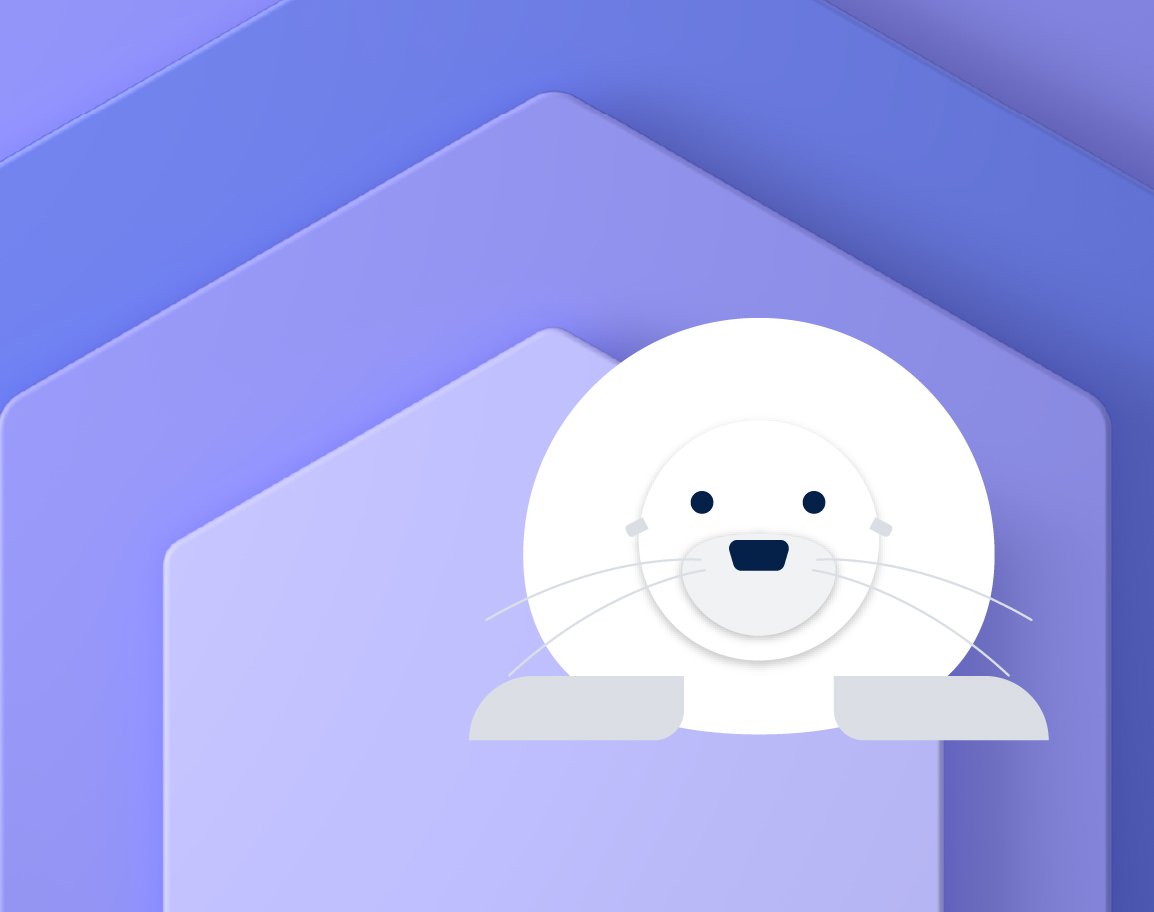Pain medications
Oral medicines
We prioritize medications that have minimal side effects, such as ibuprofen (Advil), acetaminophen (Tylenol) and a nerve pain medicine called gabapentin. Opioids are used sparingly and only for severe pain that can't be controlled in other ways.
Skin patches and ointments
In some cases, we use ointments or skin patches that contain medicine to numb the underlying nerves. These offer temporary relief for localized nerve pain (pain that is only in a specific area).
Injections and implants
Localized pain can also be treated with injections or implants that deliver medication directly to the area. These treatments can provide relief with fewer side effects than medications that target the entire body.
At the Stad Center, pediatric doctors who specialize in treating pain perform several kinds of procedures:
- Nerve blocks. A local anesthetic is injected near the nerves that are transmitting pain signals, blocking them for up to 36 hours.
- Trigger point injections. Medications are injected into tight, painful knots in muscles, causing them to relax. The pain relief can last for days or even months.
- Epidurals. Epidurals provide strong pain relief after surgery. Medication is pumped continuously into the area around the spinal nerves via a narrow tube inserted in the lower back. Epidurals can relieve pain or completely numb a certain area of the body, such as the legs or abdomen.
- Implantable pumps. A small device is surgically implanted in the abdomen to dispense medication directly to the fluid surrounding the spinal cord, providing strong pain relief.
Psychological therapies
Research has shown that depression, anxiety and stress can intensify pain. The good news is that psychological treatment can interrupt that process and help people feel better emotionally and physically.
Our pediatric psychologists use several techniques proven to reduce symptoms and improve well-being in children.
Cognitive behavioral therapy (CBT)
CBT is a short-term therapy that helps people recognize and let go of unhelpful thoughts and behaviors. Research shows it can lessen many problems, including pain and anxiety. CBT requires practice between sessions, and for pediatric patients, parents (or other primary caregivers) should be part of the process.
Biofeedback
Biofeedback devices give patients real-time data on their breathing, heart rate and other measurements of the body's stress response. In a session, kids learn how to use breath, mindfulness and meditation techniques to control their response to stress.
Eye movement desensitization and reprocessing (EMDR) therapy
EMDR therapy can help patients process and heal from traumatic experiences. Eye movements, taps or sounds are used to activate both sides of the brain while the patient recalls the painful experience. This is believed to help the brain "repair" the effects of trauma so that reminders of the event don't trigger overwhelming emotions, such as fear and panic.
Hypnosis/guided imagery
In a hypnosis session, we guide patients into a state of deep relaxation and focused attention. Once a child is in that state, we can work on soothing symptoms, such as pain and nausea.
An interesting fact: Mind-body techniques, such as hypnosis, activate the same area of the brain targeted by certain pain medications, such as morphine.
Physical therapy
We evaluate patients to determine whether physical therapy could reduce their pain and other symptoms. We refer them as needed to physical therapists at UCSF Benioff Children's Hospitals or elsewhere, depending on what's convenient for the family. Our physical therapists have special training to work with patients who have pain syndromes.
Complementary therapies
Ours is one of the few pediatric pain and palliative care programs in the nation to use complementary healing techniques alongside modern medical treatments. With this integrative approach, patients often get better symptom relief with less medication.
Acutherapy
Part of the 2,000-year-old practice of traditional Chinese medicine, acutherapies (acupuncture and acupressure) work by stimulating specific points on the body. We use acutherapies to treat pain, nausea and anxiety; they also appear to boost the effects of other treatments.
The Stad Center's licensed acupuncturists are specially trained in treating children.
Massage
Therapeutic massage is a gentle way to reduce pain, nausea and anxiety in kids. Massage at the Stad Center is always performed by certified pediatric massage therapists.
Aromatherapy
Certain scents from natural plant extracts are used to ease symptoms, such as pain, stress, insomnia, nausea and fatigue.
Family support
Children with serious illnesses, such as cancer and heart failure, need an extra layer of support – and so do their families.
Our trained staff members are available to help your family coordinate your child's pain management, decide which care goals matter most to you, and weigh difficult medical decisions. For families coping with grief, our grief support specialists offer compassionate and informed support.
Regardless of the condition or stage of their illness, we're committed to helping all children in our care live as well as possible.




































